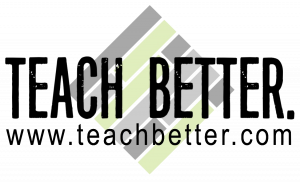TL;DR: We need more academic playgrounds. We need to spend time observing children in outdoor spaces to discover how indoor learning spaces can be better designed. Consider 20 questions to ask when designing and transforming learning space to enhance student performance. The goal should be to design learning spaces that meet the needs of today’s learners. All students deserve a … Read More
Teaching Towards Diversity
TL;DR: Embrace diversity in the world by accepting differences that make us unique. Teach about diversity so that everyone learns to accept and embrace it. Can we represent every single student in a given year in our lessons? We say yes, absolutely! This post shares 3 picture books that you can use in your classroom. Why is it important for … Read More
Building Capacity by Letting Go
TL;DR: A few decades ago, children were given the freedom to play with less adult intervention. They learned how to self-regulate and problem solve on their own. Now, adults quickly jump in to provide solutions to every problems. We have disempowered children by controlling many aspects of their day. Snowplow parents smooth the way for their children by removing possible … Read More
Learn HOW to Differentiate in Teaching
TL;DR: Rather than modify assignments to differentiate instruction, change how we teach to ensure students understand the material. Not all students learn in the same way. We need to recognize when to change how we teach the lesson. We need to know our students and support them. With differentiated instruction, it is possible to meet the learning styles of all students. … Read More
Planning Plinko
TL;DR: Sometimes teachers plan lessons or units that are disconnected to their desired student outcomes, like the Plinko effect. It’s important that you consider the pegs and barriers that exist with your students. It’s better to look at individuals and groups of students, and determine how to remove barriers so that the chip can fall into the desired slot. The … Read More





